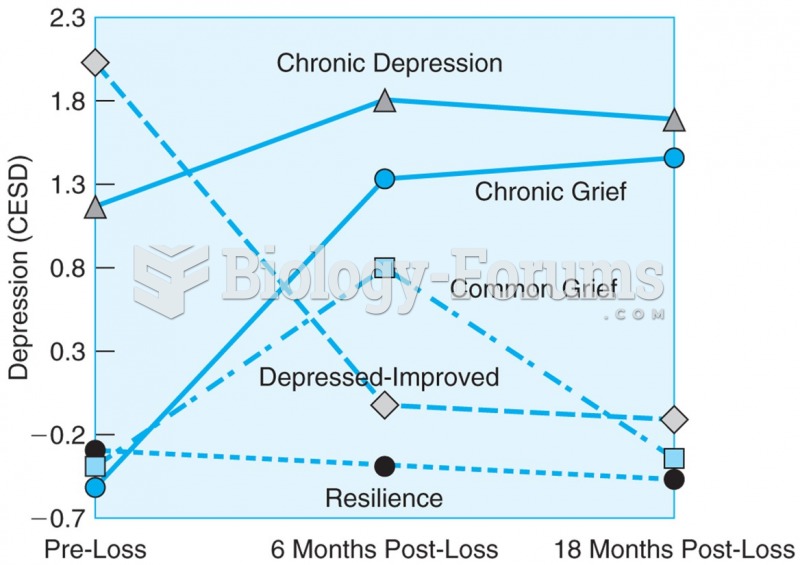|
|
|
For about 100 years, scientists thought that peptic ulcers were caused by stress, spicy food, and alcohol. Later, researchers added stomach acid to the list of causes and began treating ulcers with antacids. Now it is known that peptic ulcers are predominantly caused by Helicobacter pylori, a spiral-shaped bacterium that normally exist in the stomach.
Drug-induced pharmacodynamic effects manifested in older adults include drug-induced renal toxicity, which can be a major factor when these adults are experiencing other kidney problems.
Eat fiber! A diet high in fiber can help lower cholesterol levels by as much as 10%.
Pubic lice (crabs) are usually spread through sexual contact. You cannot catch them by using a public toilet.
The B-complex vitamins and vitamin C are not stored in the body and must be replaced each day.







